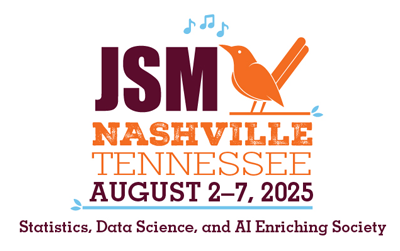Presentation Tips
Before the Presentation
Organizing content
- Make sure the audience walks away understanding the following:
- The problem and why it is a problem
- What has been done about the problem
- What you are doing (or have done) about the problem
- The value your approach provides
- Next steps
- Describe the problem clearly enough for the audience to appreciate the value of your contribution.
- Present your contribution clearly.
- Aim your presentation at an audience that is not familiar with your research area so you communicate the importance of your work, rather than simply laying out the results.
- Provide references and your contact information.
Preparing effective displays
- Keep it simple, so you don’t distract from your research.
- Use at least 24-point type.
- Do not use a photocopy of a standard printed page as a display.
- Summarize your main points.
- Limit your material to eight lines per slide.
- Limit tables to four rows/columns.
- Display large tables as graphs.
- Avoid numerous curves on a graphical display.
- Label graphs clearly with big, readable type.
- Use easy-to-read fonts such as Arial.
- Use light letters (e.g., yellow or white) on a dark background (e.g., dark blue) when displaying your material on an LCD projector.
- Use equations sparingly and concentrate on what your results mean.
- Keep a large margin on all sides of your slide.
- Identify the journal when you give references.
- Preview your presentation.
Timing your talk
- Present one slide per minute.
- Talk at a pace everybody in the audience can understand.
- Budget your time to take a minute or two less than your maximum allotment.
- Practice your talk.
During the Presentation
- Check to make sure the microphone works before you begin.
- Be sure everyone in the room can see your material.
- Don’t apologize for your displays (create them properly).
- Don’t apologize for incomplete results.
After the Presentation
- Thank the audience for its attention.
- Gather your materials and move off quickly to allow the next presenter to prepare.
- Stay for the entire session and, afterward, be available for people to ask you questions.
